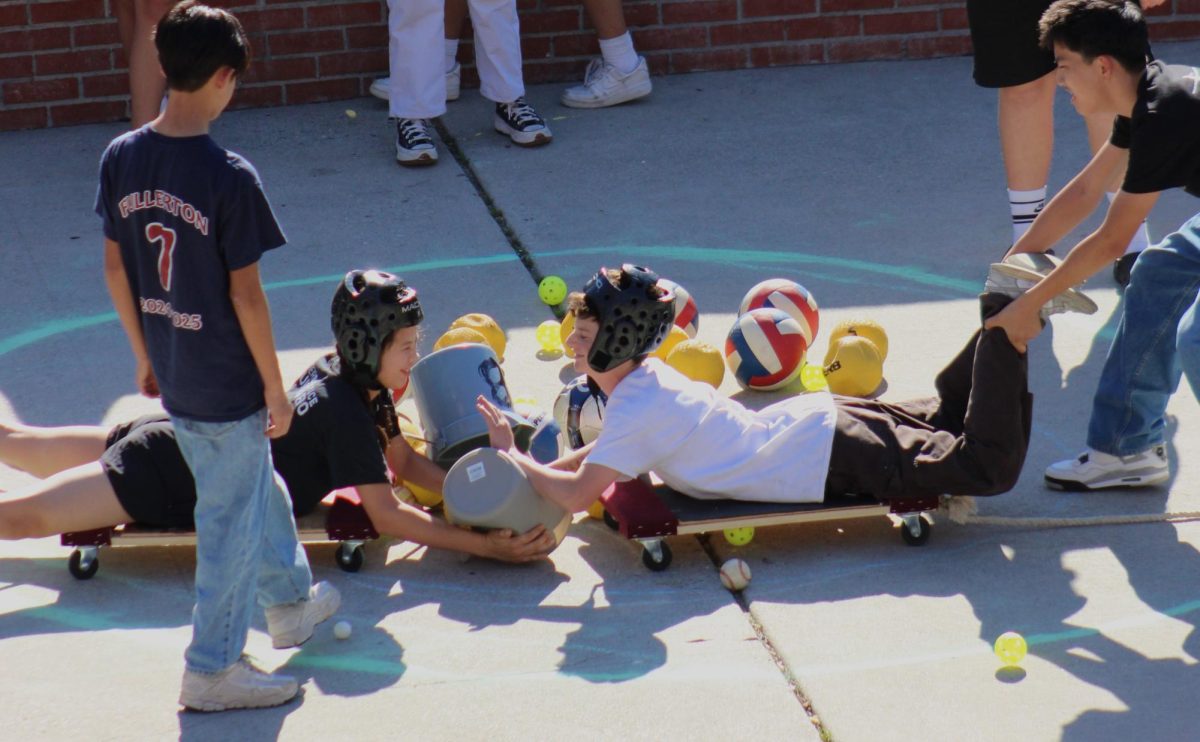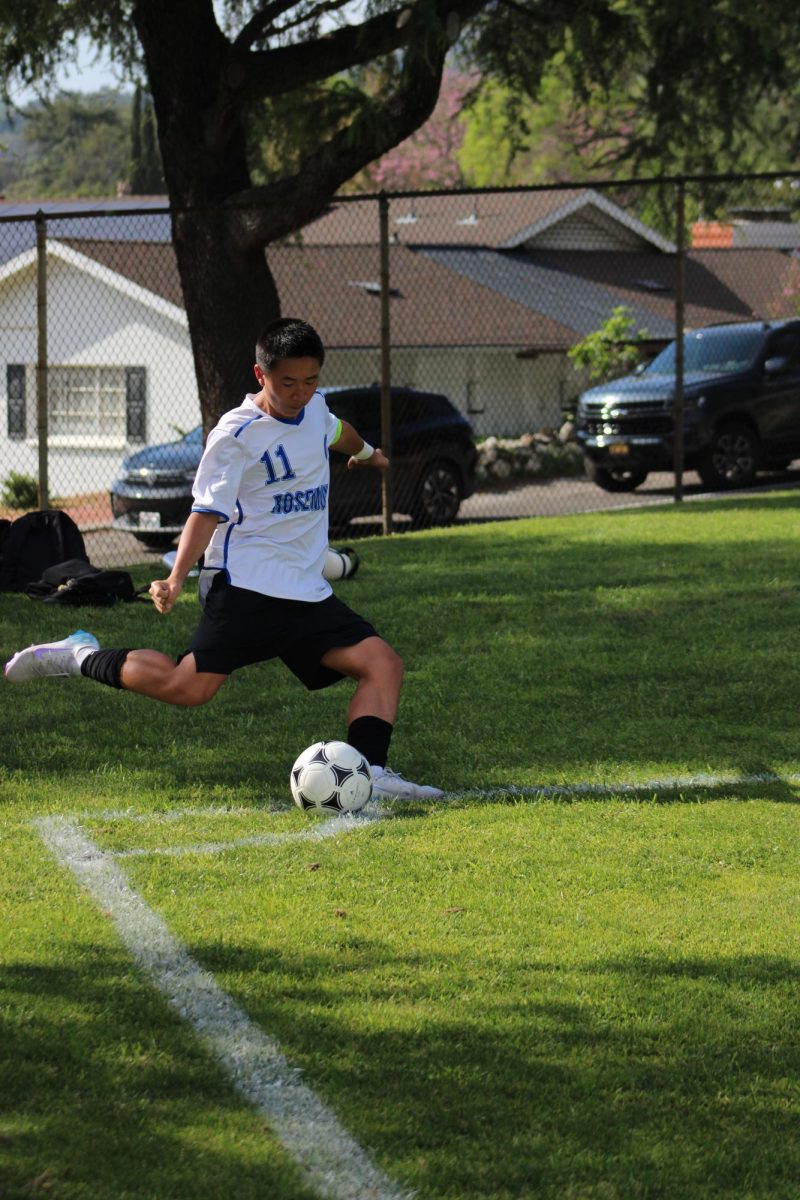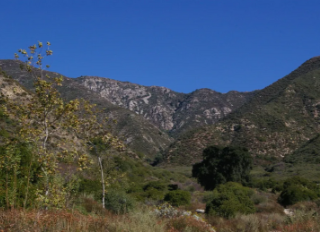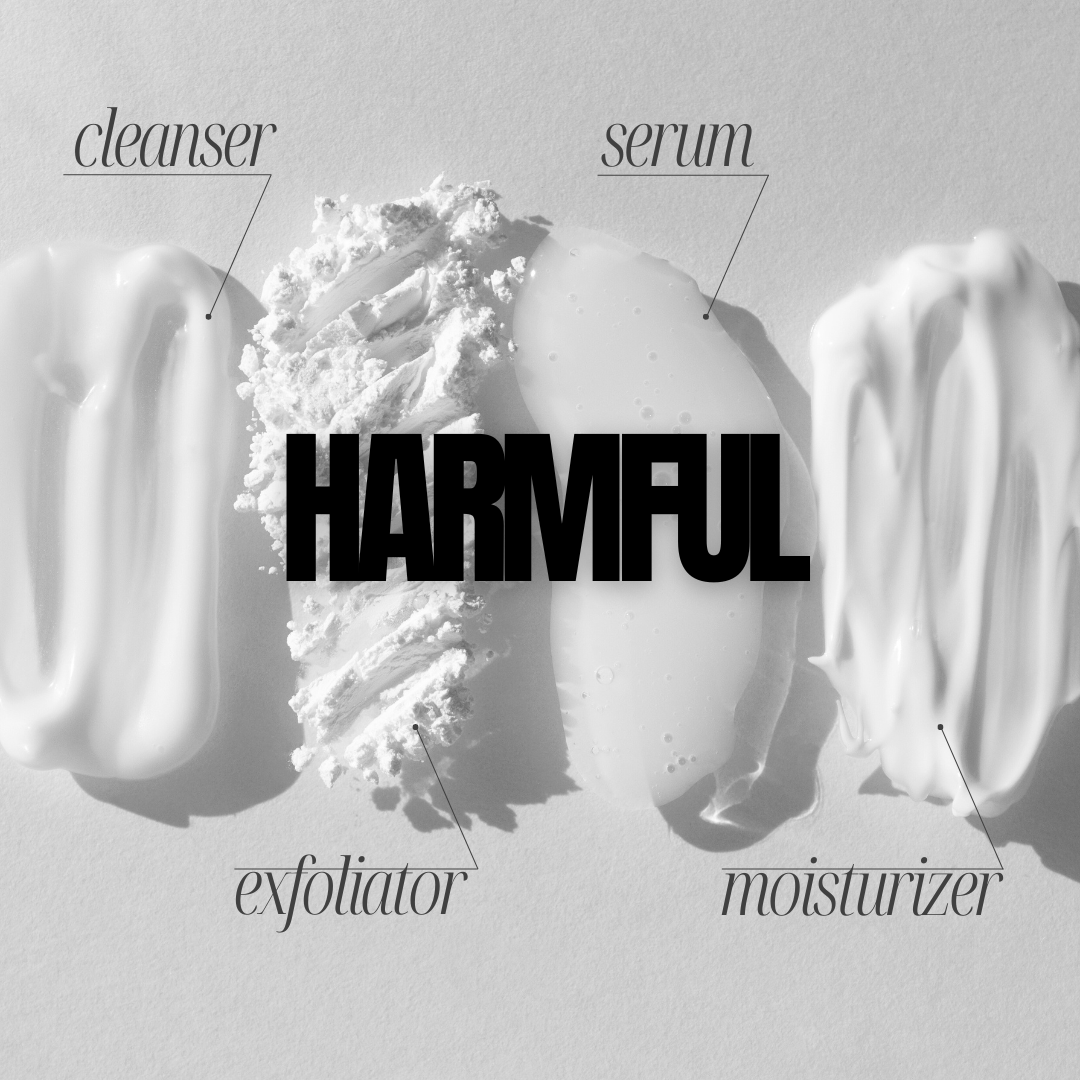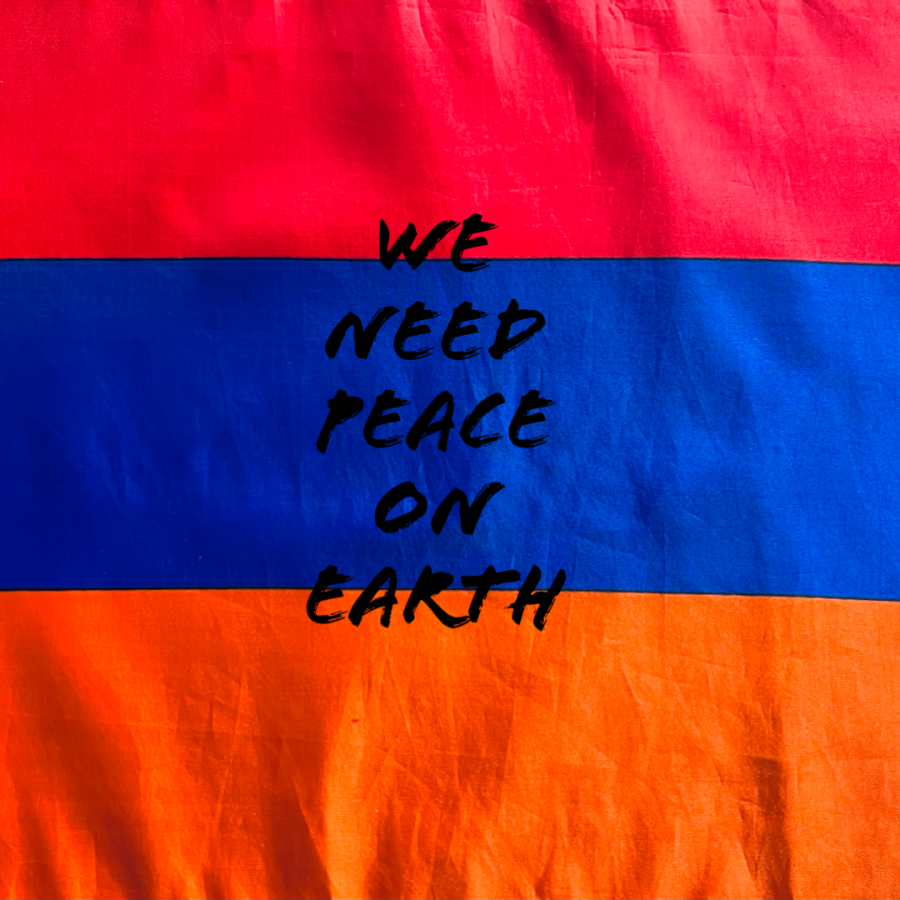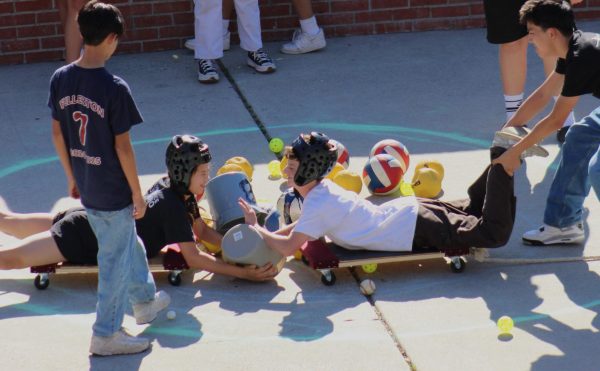Armenia at War?
The World Needs Peace
Armenian Flag
Armenia and Azerbaijan have faced off for more than three decades in a conflict over the separatist Nagorno-Karabakh region. Fighting has flared up again between Armenia and Azerbaijan, two former Soviet republics and traditional adversaries in the middle between Russia, Georgia and the Middle East in a region known as the South Caucasus.
Let’s not forget that these are countries with small populations where these awful numbers resonate even more strongly. Armed forces once again disobeyed the ceasefire agreement by firing at Armenian combat roles in the eastern section of the Armenian-Azerbaijani border from various places. The time was September 23, at 7:40, or 3:40 GMT when Azerbaijan struck Armenia again. Baku stated that for 9 hours beginning at midnight, Armenia’s armed forces had fired on three different parts of the boundary, intermittently bombing Azerbaijani military units with a wide range of small weapons.
According to NPR President Joe Biden said, “As we reflect on the Armenian genocide, we renew our pledge to remain vigilant against the corrosive influence of hate in all its forms. We recommit ourselves to speaking out and stopping atrocities that leave lasting scars on the world.”
Not So Fun Facts
Azerbaijan people are fighting for land and Turkey is helping them. Although, instead of asking for some land and having peace, the Azerbaijanis keep fighting against Armenia for the land that they want, rather than asking. Azerbaijan has made a bad reputation towards Armenians. Now, when Armenians hear about them, they are offended and have hatred towards them. Azerbaijan and Armenia are both blaming each other for the war. According to Democracy Now! almost 6,000 people have died from the first Nagorno-Karabakh war. 20,000 are wounded, and there are almost 200 missing as of a week ago.
Tracing the bad blood between Armenia and Azerbaijan
On April 24, 1915, the Armenian genocide began. That day, the Turkish government arrested and executed several hundred Armenian people. After that, ordinary Armenians were forced out of their homes and sent on death marches through the Mesopotamian desert without food or water. This all lead down to the war going on right now.
World Leaders Are Pushing For Peace In The Region
Last week U.S. Secretary of State Antony Blinken spoke with Azerbaijani President Ilham Aliyev and urged him to “cease hostilities” after reports of shelling inside Armenia.
Blinken also spoke with Armenian Prime Minister Nikol Pashinyan. On Thursday, Blinken spoke with Pashinyan again and expressed his condolences for the fatalities his country sustained during the recent fighting. “The Secretary reiterated our commitment to helping Armenia and Azerbaijan resolve issues peacefully,” State Department spokesperson Ned Price said in a statement. “He said that diplomacy was the only way forward and noted he would remain personally engaged.”
Miroslav Jenča, the U.N. assistant secretary-general for Europe, Central Asia and Americas, said the U.N. was “deeply concerned” about the renewed hostilities and warned that the fighting has the potential to destabilize the entire region.
Meanwhile, Russia suggested it will maintain its role as mediator — despite entreaties from Armenia to join the conflict on its behalf.
At a recent Eurasian forum that included the leaders of both Armenia and Azerbaijan, Russian President Vladimir Putin called “the latest incident” unfortunate.
“Most importantly, under Russian influence, the conflict was localized,” Putin said.
“We hope it will continue that way.”
The current status is that they are still fighting. Glendale is the second most Armenian populated area in the world and this is a problem with growing concern throughout the city.
Your donation will support the student journalists of Rosemont Middle School. Your contribution will allow us to purchase equipment and cover our annual website costs.

Hi, my name is Natalie Pourgouldjian. I am 14 years old and an 8th grader at Rosemont middle school. Some of my hobbies include horseback riding and playing...

Hi!
My name is Brianna Balian. I am a 7th grader and so thrilled to be in Journalism, writing and editing stories for you all. One of my favorite things...
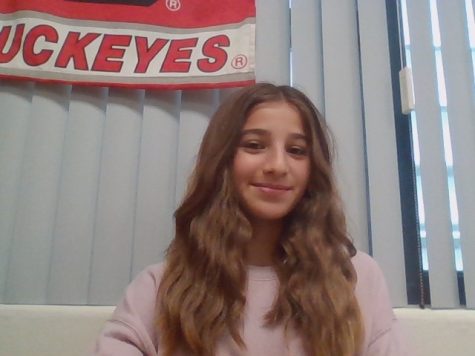
My name is Lara Arakelian and I'm happy to be working as a journalist and entertainment editor here at Rosemont Middle School.

Hi i'm Trinity Babaian! I work for the Spartan Scroll and i'm an opinion editor. I love journalism and some things about me is that my favorite colors...

